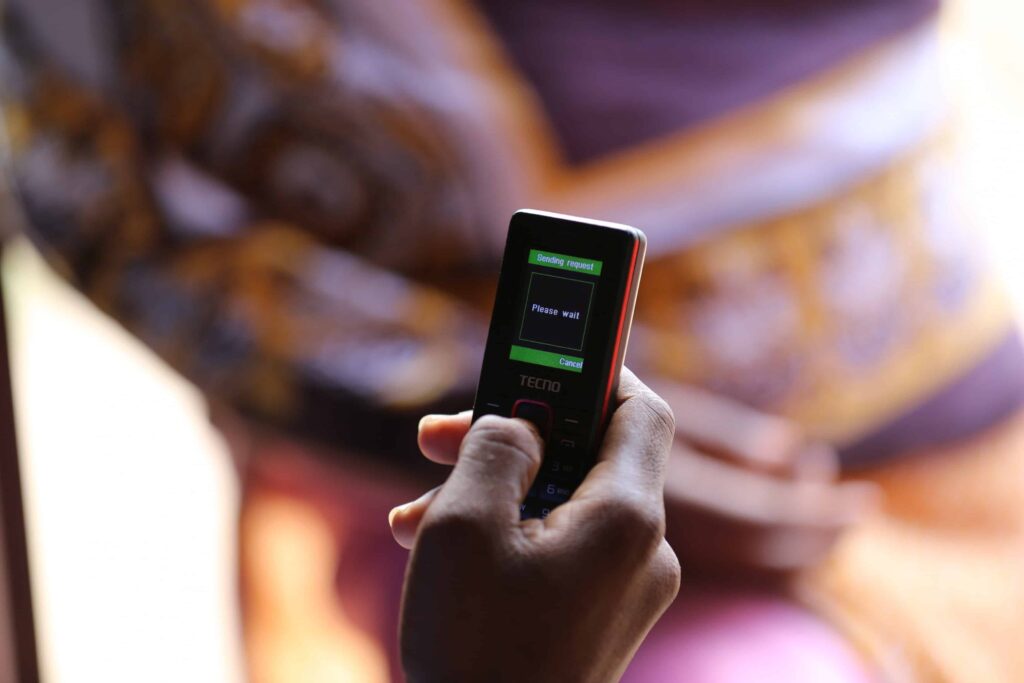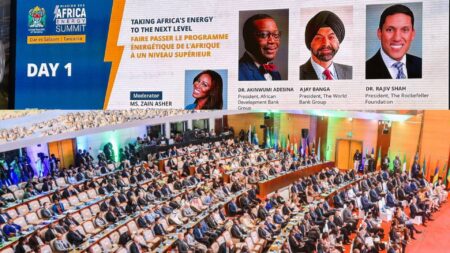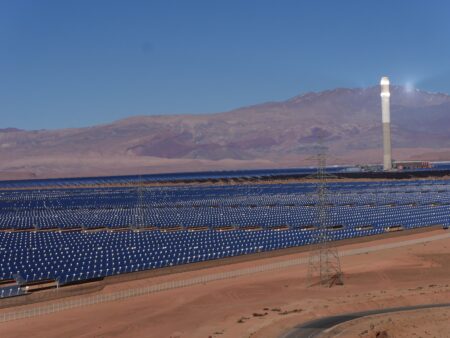- Tanzania is rapidly transforming into a digital economy, with significant growth in mobile money accounts and transaction values.
- Mobile money transactions increased by 25.2% to 1.1 trillion TZS in December 2024, with mobile money account subscriptions rising by 3.9% to 63.2 million.
- M-PESA leads the mobile money market in Tanzania with 24 million subscribers, followed by Mixx by Yas with 19 million users and Airtel Money with 11 million.
Tanzania is steadily transforming into a digital economy with mobile phone subscriptions and mobile money transactions becoming increasingly popular across value chains. The country has experienced significant increase both in number of new mobile money accounts and in the number and the value of transactions conducted annually. This is clear evidence of “a deeper financial inclusion and a rapidly expanding digital economy” says the Tanzania Communications Regulatory Authority (TCRA).
According to TCRA, mobile money transactions grew by 25.2 percent during the quarter ending December 2024 reaching an impressive 1.1tri/-, up from 879.4bn/- recorded in September 2024. In its most recent report on trends of mobile phone registrations and mobile money transactions, TCRA notes that, in that same period, there has been a 3.9 percent increase in mobile money account subscriptions.
“The number of active mobile money accounts, that is, those used at least once in the past three months, rose from 60.8 million in September 2024 to 63.2 million in December 2024,” reads the report in part.
According to the report, Kenya-based cash transfer platform M-PESA continues to lead the market with 24 million subscribers, followed by Mixx by Yas with 19 million subscribers and Airtel Money with 11 million users. The report places HaloPesa in fourth place with five million users, while T-Pesa has 1.5 million users and lastly, Azam Pesa with 32,418 subscribers.
The quarters ending December and March in 2024 saw the highest number of transactions, with the last month of the year recording 1.1tri/- and March reaching 1.3tri/-. The report’s breakdown of mobile money transactions and account registrations for each quarter in 2024 goes on to show that the June quarter had 873bn/- in transactions, while the September quarter recorded 879bn/-.
“The highest number of mobile money accounts was registered in December, with 61.8m/- accounts, followed by 60.8m/- in September, 55.7m/- in June, and 52.9m/- in March,” reads the report in part.
TCRA points out that; “This surge in mobile money usage reflects the growing success of Tanzania’s digital economy, which increasingly relies on information and communication technology to drive both economic and social activities.”
“It also supports the implementation of Tanzania’s ten-year Digital Economy Strategic Framework, which runs from 2024 to 2034,” reads the report.
President Samia Suluhu Hassan launched the Digital Economy Strategic Framework 2024-2034. This strategy prioritises digital financial services, digital infrastructure, inclusion, governance, literacy, skills development and fostering a culture of digital innovation.
According to the communications sector watchdog, as of December 2024 there were 25.4 million smartphone users, equivalent to 35.9 percent up from 33.8 percent as recorded in September last year. “As of December 2024, the penetration of smartphones increased to 35.99 per cent from 33.85 per cent recorded in September 2024.”
Even though there is a great increase in the number of smartphone users, TCRA said the percentage of feature phone users still remains high compared to smartphone users. “As of December 2024, penetration of feature phones grew to 87.3 percent from 84.8 percent in September,” the report shows.
Furthermore, the country has experienced increase in the number of internet subscriptions with data subscribers increasing from 41.4 million in September to 48 million as of December last year, a 16.1 percent increase. Internet technology used in Tanzania continues to range significantly with some using FTTX, GPRS, 3G, 4G and 5G.
As of December 2024, there was expansion of Network Generations ranging from 2G, 3G, 4G and 5G with coverage of 98.2 per cent, 91 per cent, 88 per cent and 20 per cent, respectively. “The geographical coverage for 2G, 3G, 4G and 5G has expanded to 75.1 per cent, 73.8 per cent, 71 per cent and 2.5 per cent respectively,” the report denotes.
TCRA maintains that this increase in rollout of mobile network coverage can be directly attributed to significant investment in the telecommunication infrastructure by sector stakeholders. Even though the report fell short of specifying who was involved and what amount was invested, it nonetheless gave credit to the government; “The increase in smartphone penetration and internet subscriptions is a testament to the government’s progress toward full digitalization,” it said.
A successful digital economy will promote financial inclusion, it will bridge the coming of a cashless economy and bring about overall national digital transformation that will in turn foster inclusive economic growth.
Also Read: Mukuru Wallet poised to bolster financial inclusion in Zimbabwe
Mobile money fraud: Challenges of a digital economy
During the period under review, however, TCRA was forced to deactivate a total of 12,896 SIM cards due to what it described as “various fraudulent activities, including online crimes and scams.” Speaking to press, TCRA Director General, Dr Jabiri Bakari said there is a 19 percent decrease in mobile phone fraud related incidents.
“The number of blacklisted SIM cards dropped from 16,002 between July and September last year to 12,896 between October and December of the same year, a reduction of 3,106 phone lines,” Dr Bakari stated.
According to the authority, Rukwa Region was the hardest hit, with 5,305 reported fraudulent incidents, followed by Morogoro (4,278), Mbeya (930), Dar es Salaam (765), Katavi (281), Arusha (260), Songwe (150), Mwanza (132) and Tabora (122).
Despite the supposed drop in fraud incidents, the authority admitted that fraudulent attempts on specific mobile networks had in fact increased. “Fraudulent activities involving Halotel, TTCL and Airtel rose by 6 per cent, 12 per cent and 52 per cent, respectively,” he conceded.
“However, attempts involving Yas and Vodacom saw significant decreases, with a 75 percent drop for Yas and a 9 percent decrease for Vodacom,” the report notes. Some regions, especially in Zanzibar, reported very few fraudulent attempts, such as North Pemba (1), South Pemba (2), Urban West (1.5), North Unguja (5) and South Unguja (5), he went on to detail.
“The TCRA continues to successfully monitor and identify fraudulent phone calls entering the country, implementing appropriate measures to reduce the number of reported incidents,” Dr. Bakari said.
This decrease reflects the government’s commitment to combating such criminal activities as well as efforts by the Ministry of Communication and Information Technology and the Ministry of Home Affairs, the official went on to note.
“TCRA is also working to prevent the use of stolen, lost, or damaged phones, as well as counterfeit or substandard handsets,” he said, adding, “Our mitigation efforts help identify and deactivate duplicate International Mobile Equipment Identity (IMEI) numbers, as well as those associated with fraudulent activities or reported as lost or stolen.”











